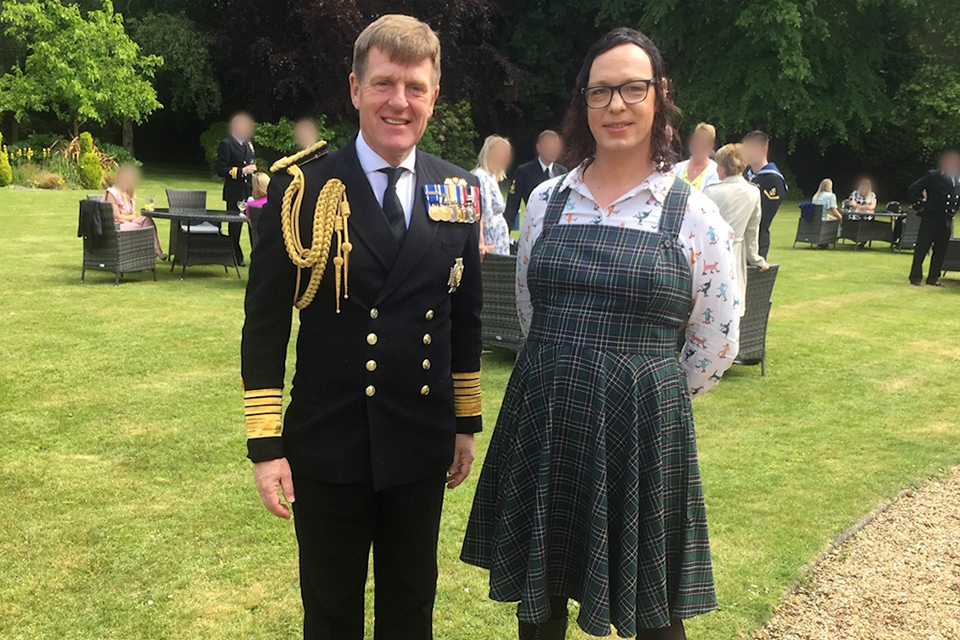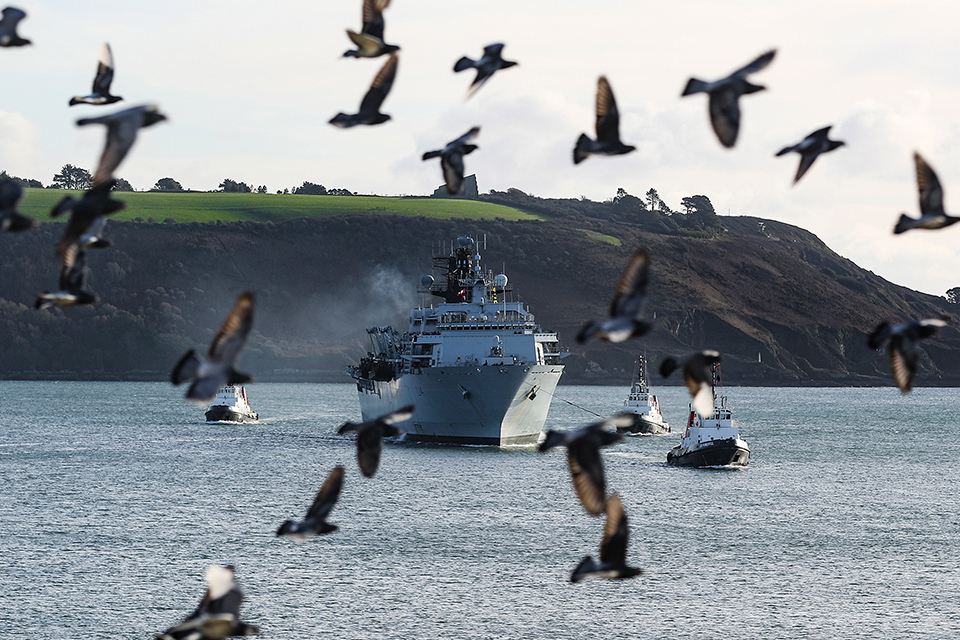Natalie Anders: delivering science at sea
She has just completed a milestone achievement on the water providing world-leading science to the armed forces.

Working with jet-packs for the Royal Marines, trialling a grenade machine gun from a warship and travelling in a landing craft up the Norwegian Fjords.
This may sound like the plot of a new James Bond film but this is a just another day in the office for Natalie Anders from the Defence Science and Technology Laboratory (Dstl).
As part of her role in the Above Water Team based at the Operational Advantage Centre (OAC) at HMS Collingwood she has been deployed to sea eight times and has just reached the milestone of having spent a full year on the water.
She was recently recognised for her work with the Royal Navy with a commendation from the First Sea Lord Admiral Sir Ben Key.

The OAC brings together the Navy’s intelligence and analysis as well as linking in a wealth of external expertise including Dstl.
Its mission is to find and maintain an edge over potential adversaries.
She said:
I provide a range of scientific support that can be reaching back to the Dstl lab. It can be providing on the spot support either by numerical modelling, researching scientific papers or providing some wargaming.
It can be talking through options, analysis with the headquarters command team or providing technical support - so providing support to the battle rhythm, things like combat analysis, predictions, logistics flows and any other wild questions that they come up with that science can help with.
Natalie has been with Dstl for almost ten years and in that time has visited 20 countries mostly deployed aboard HMS Albion but she has also spent periods on other smaller vessels

She said:
The most exciting thing about my role is deploying onto warships on the frontline getting to see some really wonderful sites around the world all whilst on an active warship with a full ship’s company doing everything they do day-to-day to keep Britain safe.
So I might be in a helicopter whizzing around the Norwegian Fjords to small boats crossing the Mediterranean sea. Every day is different and getting to go out and see it firsthand… it gives you a real understanding of what all those numbers on a spreadsheet mean.
Seeing science that we’ve developed being actually used on the frontline is massively rewarding.
Much of Natalie’s work supports both the Royal Navy and the Royal Marines.

She added:
I pinch myself quite often and think I have got a very cool job, I think it shows on deployment as well because I am usually wandering around with a massive grin on my face.
People do ask me quite a lot how much I enjoy my job and I’m very proud to say I enjoy it a lot.
I think the things that keep me at Dstl are the fantastic people and the focus on what matters and when they come together it’s really special to be a part of.
Why would I want to go anywhere else?!